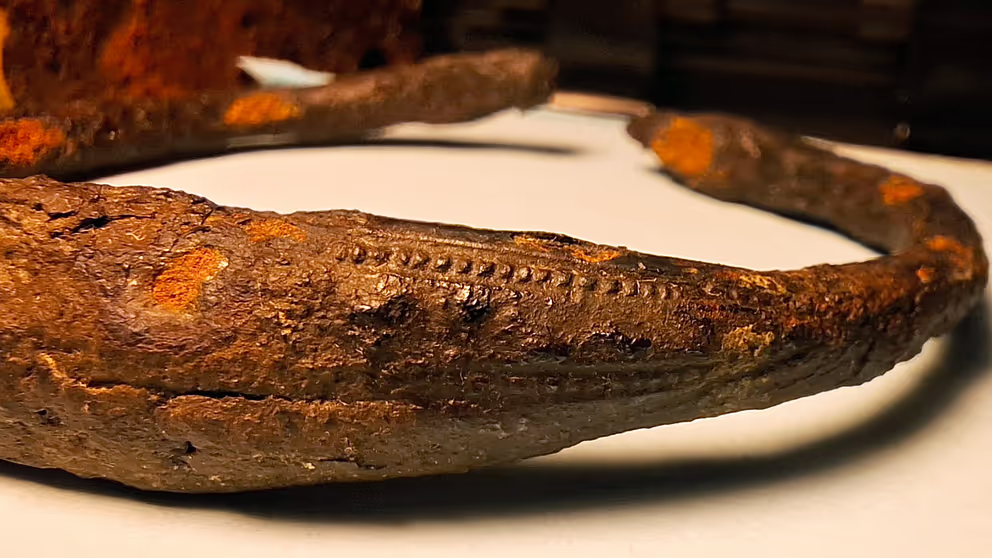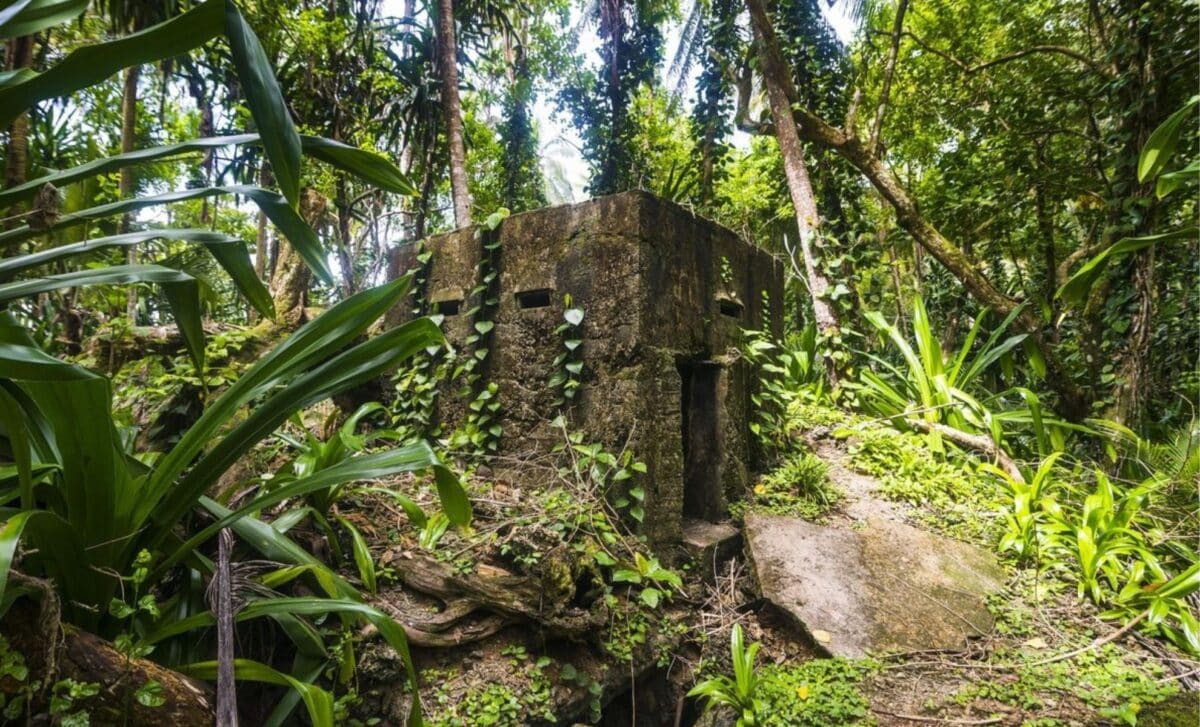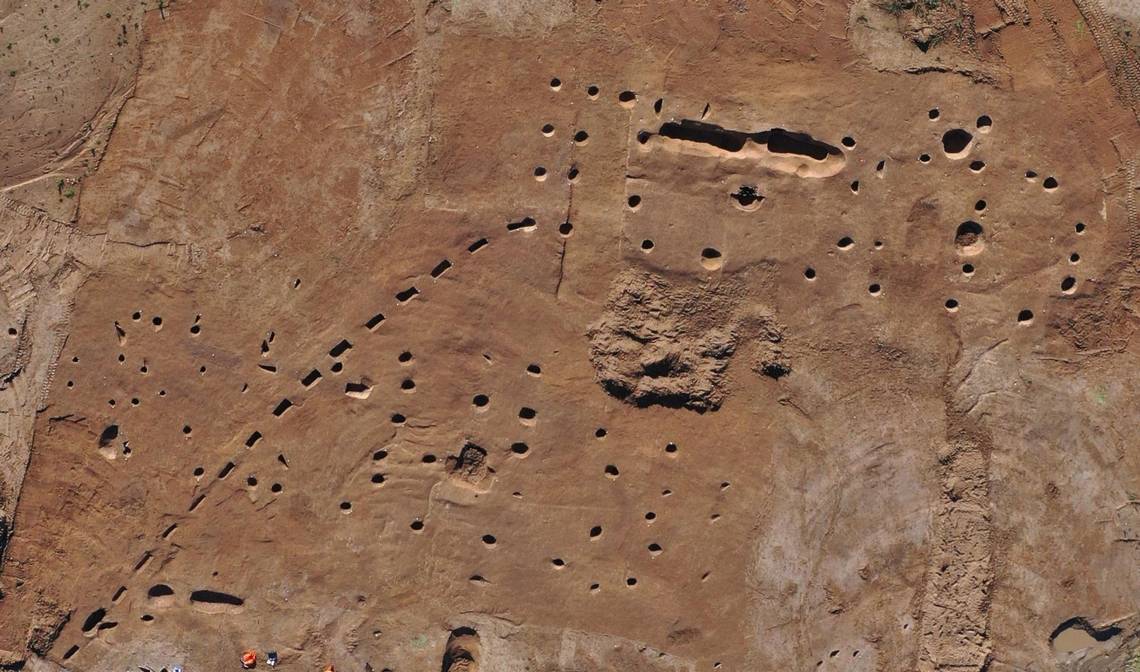In Sweden, archaeologists have unearthed a rare Viking iron armlet in a wetland near Löt on the island of Öland, and a 2,000-year-old gold neck ring in Trollhättan. According to experts, these finds will provide information about the lifestyles, beliefs, and crafts of ancient Scandinavian societies.
The Viking Iron Armlet from Öland’s Mysterious Wetland
The iron armlet, discovered by a private individual, dates back more than 1,000 years. What makes this armlet special is that it is made of iron, a rare material for such artifacts. According to Karl-Oskar Erlandsson of the County Administrative Board of Kalmar County, there are only three iron arm rings in the Swedish History Museum’s collections. This highlights the significance of this discovery.
The armlet features intricate decorations, including animal heads at both ends and detailed rows of dots along its length. The oxygen-poor environment of the wetland helped preserve the armlet exceptionally well by preventing corrosion. Erlandsson suggests that the wetland may have been used as a sacrificial bog, and there is a high possibility of finding more artifacts in the area. A metal detector survey to be conducted in the spring will help determine whether the armlet was a lost piece of jewelry or an offering to the gods.

Trollhättan’s Golden Treasure: 2,000-Year-Old Neck Ring
During excavations in Trollhättan, Västra Götaland County, a 2,000-year-old gold neck ring was found. Made of precious metal and adorned with gold wire and rings, this ring was unearthed at a depth of about two meters. Niklas Ytterberg, an antiquarian from Västra Götaland County, describes this find as extremely unusual, noting that such jewelry was worn by the most powerful individuals of that era.
The neck ring, known as a torque, measures 23.5 centimeters at its widest point and weighs nearly one kilogram. Unlike similar artifacts found in the British-French region, which are usually made of solid bronze, this neck ring is believed to have been produced locally in Scandinavia, showcasing the unique craftsmanship of the period.
Sweden’s Archaeological Richness and Future Research
Both discoveries highlight Sweden’s rich archaeological heritage and the importance of preserving these artifacts for future generations. The County Administrative Board plans to report these findings to the National Heritage Board. The board will determine the next steps, including potential rewards for the finders and conservation measures.
As research continues, these extraordinary finds promise to shed light on the cultural practices and crafts of ancient Scandinavian societies, offering invaluable insights into their history and traditions.
Cover Image Credit: Länsstyrelsen Kalmar län (County Administrative Board of Kalmar County)





